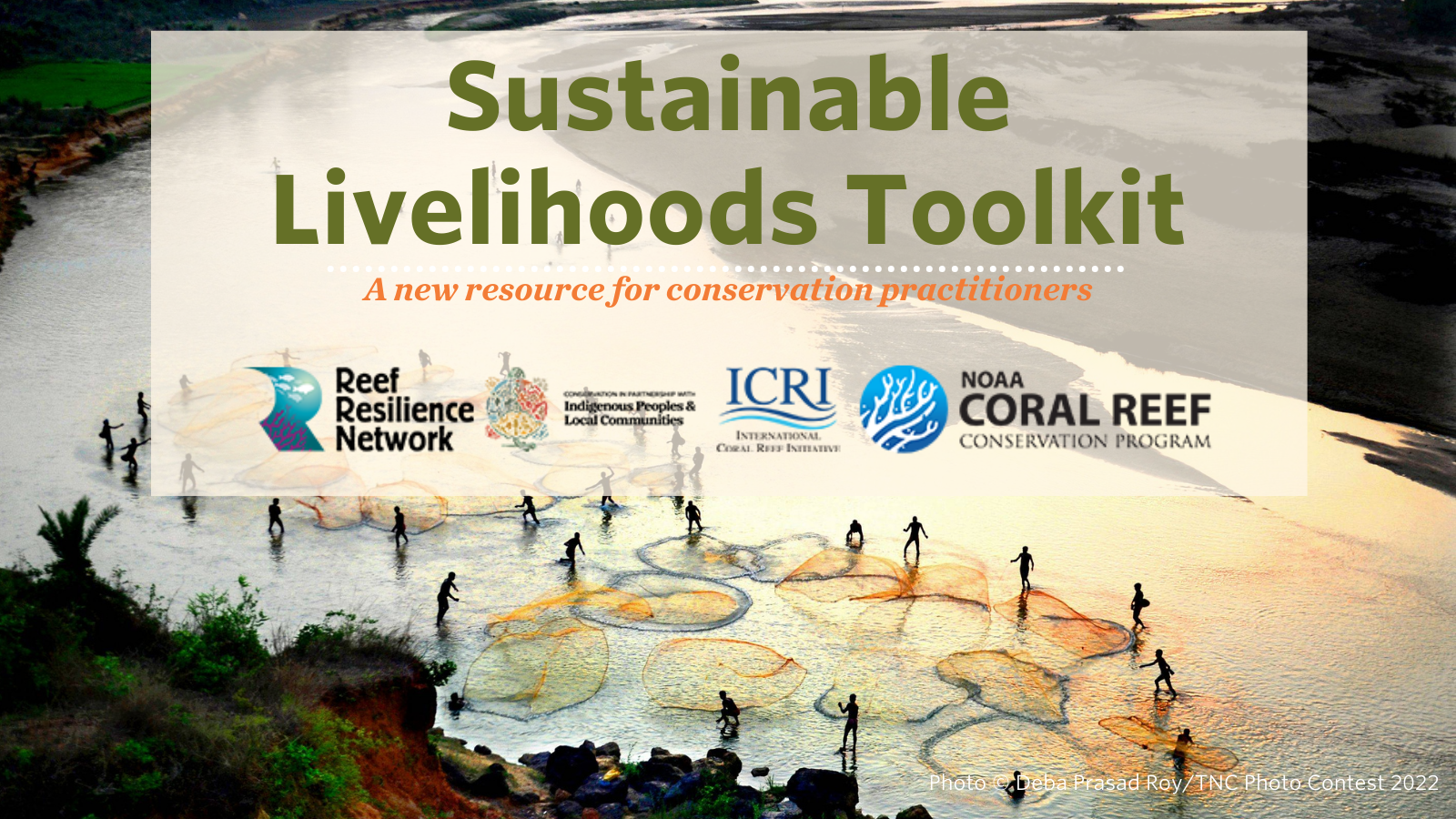This study investigated changes in abundance and diversity of epilithic and benthic communities in coastal waters. As untreated effluent discharge increases with tourism, these organisms can be used as indicators of contamination. Measuring abundance is a cost effective and efficient way to evaluate the response of these organisms to pollution. The benthic assessments in this project were coupled with Enterococcus sampling to monitor trends between abundance and water quality. The number of benthic organisms was negatively associated with increased sedimentation, turbidity, nutrient concentration, freshwater, and organic matter. All of these are commonly associated with sewage discharge during the spring and summer and are correlated with decreased benthic diversity in proximity to outfall pipes. Significant disparities were noticed with increasing distance from sewage outfalls, with Boccardia proboscidea most abundant in more polluted areas, confirming the species’ pollution tolerance, and Boccardia rodriguezii dominant elsewhere. Monitoring the response of epilithic and benthic communities to sewage pollution demonstrated effective assessment of coastal environmental health as decreases in abundance and diversity were correlated with organic matter and enterococcus concentrations. The methods used in this paper were effective and present a real-time and affordable monitoring strategy.
Authors: Becherucci, M.E., M.L. Jaubet, M.A. Saracho Bottero, E.N. Llanos, R. Elias, and G.V. Garaffo
Year: 2018
View Full Article
Science of The Total Environment 628-629: 826-834. doi:10.1016/j.scitotenv.2018.02.024


